Input interpretation

fluorobenzene
Chemical names and formulas

formula | C_6H_5F name | fluorobenzene alternate names | benzene, fluoro- | fluorobenzenes | monofluorobenzene | phenyl fluoride mass fractions | C (carbon) 75% | F (fluorine) 19.8% | H (hydrogen) 5.24%
Lewis structure
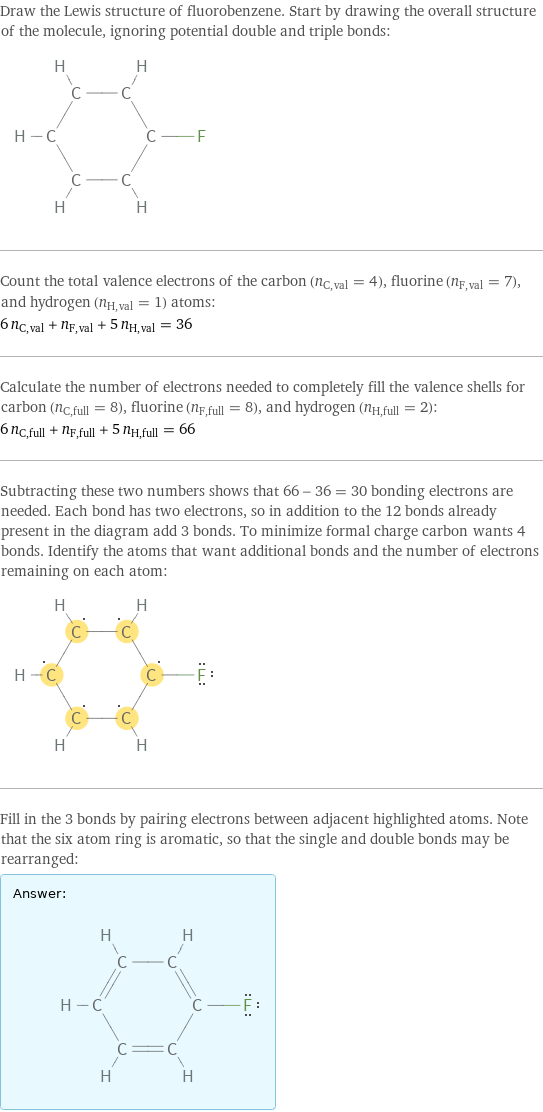
Draw the Lewis structure of fluorobenzene. Start by drawing the overall structure of the molecule, ignoring potential double and triple bonds: Count the total valence electrons of the carbon (n_C, val = 4), fluorine (n_F, val = 7), and hydrogen (n_H, val = 1) atoms: 6 n_C, val + n_F, val + 5 n_H, val = 36 Calculate the number of electrons needed to completely fill the valence shells for carbon (n_C, full = 8), fluorine (n_F, full = 8), and hydrogen (n_H, full = 2): 6 n_C, full + n_F, full + 5 n_H, full = 66 Subtracting these two numbers shows that 66 - 36 = 30 bonding electrons are needed. Each bond has two electrons, so in addition to the 12 bonds already present in the diagram add 3 bonds. To minimize formal charge carbon wants 4 bonds. Identify the atoms that want additional bonds and the number of electrons remaining on each atom: Fill in the 3 bonds by pairing electrons between adjacent highlighted atoms. Note that the six atom ring is aromatic, so that the single and double bonds may be rearranged: Answer: | |
3D structure
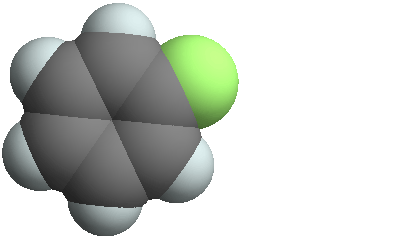
3D structure
Basic properties
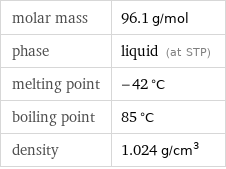
molar mass | 96.1 g/mol phase | liquid (at STP) melting point | -42 °C boiling point | 85 °C density | 1.024 g/cm^3
Units

Liquid properties (at STP)
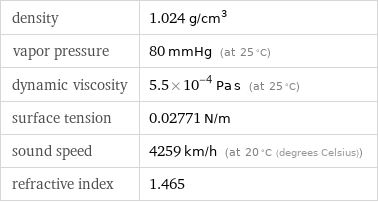
density | 1.024 g/cm^3 vapor pressure | 80 mmHg (at 25 °C) dynamic viscosity | 5.5×10^-4 Pa s (at 25 °C) surface tension | 0.02771 N/m sound speed | 4259 km/h (at 20 °C (degrees Celsius)) refractive index | 1.465
Units
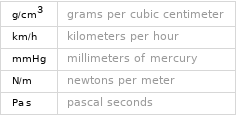
Thermodynamic properties
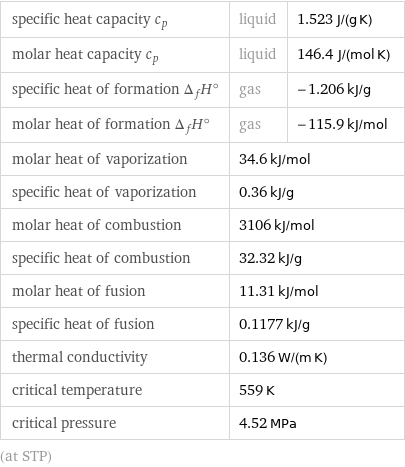
specific heat capacity c_p | liquid | 1.523 J/(g K) molar heat capacity c_p | liquid | 146.4 J/(mol K) specific heat of formation Δ_fH° | gas | -1.206 kJ/g molar heat of formation Δ_fH° | gas | -115.9 kJ/mol molar heat of vaporization | 34.6 kJ/mol | specific heat of vaporization | 0.36 kJ/g | molar heat of combustion | 3106 kJ/mol | specific heat of combustion | 32.32 kJ/g | molar heat of fusion | 11.31 kJ/mol | specific heat of fusion | 0.1177 kJ/g | thermal conductivity | 0.136 W/(m K) | critical temperature | 559 K | critical pressure | 4.52 MPa | (at STP)
Chemical identifiers
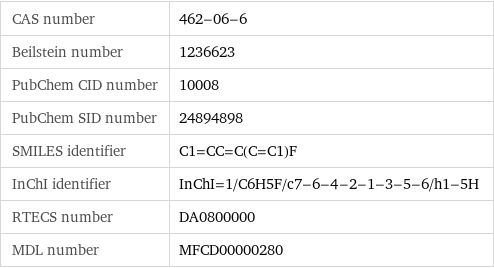
CAS number | 462-06-6 Beilstein number | 1236623 PubChem CID number | 10008 PubChem SID number | 24894898 SMILES identifier | C1=CC=C(C=C1)F InChI identifier | InChI=1/C6H5F/c7-6-4-2-1-3-5-6/h1-5H RTECS number | DA0800000 MDL number | MFCD00000280
NFPA label

NFPA label
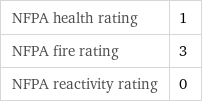
NFPA health rating | 1 NFPA fire rating | 3 NFPA reactivity rating | 0
Safety properties
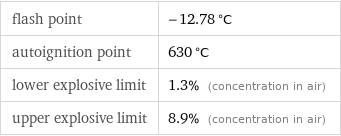
flash point | -12.78 °C autoignition point | 630 °C lower explosive limit | 1.3% (concentration in air) upper explosive limit | 8.9% (concentration in air)

DOT hazard class | 3 DOT numbers | 2387
Toxicity properties

lethal dosage | 4399 mg/kg (oral dose for rats)

probable lethal dose for man | 600 mL (milliliters) RTECS classes | other